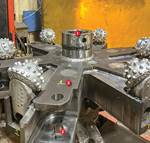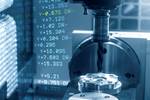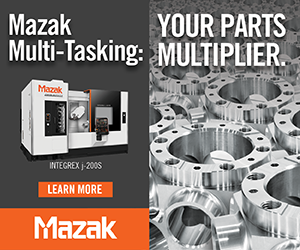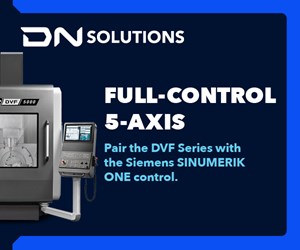Benefits of Scanning Touch Probes for Setups
Touch-trigger probes are commonly used to speed and simplify setups for new jobs, but scanning touch probes are valuable for these duties, too.
I’ve written a number of articles about on-machine probing as have other Modern Machine Shop editors. (You can find these articles in our Inspection and Measurement Zone.) These probes for machine tools generally come in two flavors—touch-trigger and scanning. The most common use for touch-trigger probes, which take data points one touch of a part at a time, is to use them during setups to automatically determine the position of a part fixtured on a machine and then update the coordinate system to match the part location. What I hadn’t considered is how scanning probes, which scan a part surface to take many data points and are typically used for on-machine inspection routines, can further reduce setup times compared to touch-trigger probes. Learn more here.
Related Content
-
5 Things CNC Operators Must Know About Sizing Adjustments
For CNC operators, sizing adjustment is an essential skill. Keep these points in mind when training new CNC users.
-
What Should Machinists Know About In-Machine Probing?
In-machine probing doesn’t reach the power of CMMs but can still be useful for pre- and mid-process control, as well as for “rough screening” of parts.
-
How to Choose the Correct Measuring Tool for Any Application
There are many options to choose from when deciding on a dimensional measurement tool. Consider these application-based factors when selecting a measurement solution.

.jpg;width=70;height=70;mode=crop)





.png;maxWidth=300;quality=90)




